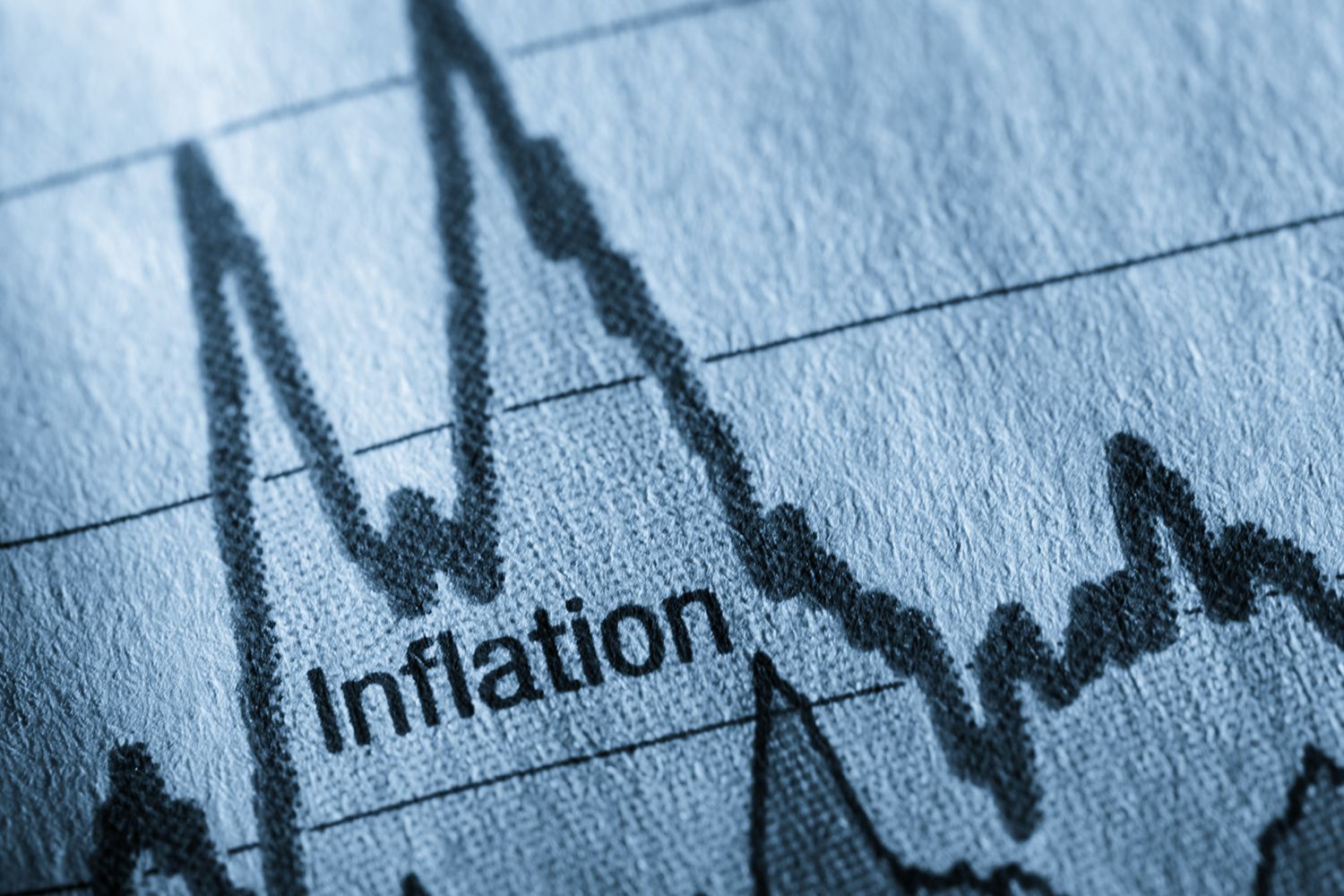Inflation Data Next Week Could Be Crucial for Federal Reserve Rate Decision
26.08.2024 10:00 2 min. read Alexander Stefanov
This week’s release of new inflation data is expected to make waves, potentially influencing the Federal Reserve’s decision on interest rates.
Economists are closely watching, as this data might push the Fed towards rate cuts.
The core inflation gauge used by the Fed, which excludes volatile food and energy prices, is anticipated to show a 0.2% increase for July. This is the second month in a row that this modest rise is projected.
Core inflation, when annualized over the past three months, is forecasted to drop to 2.1%. While this is still slightly above the Fed’s target of 2%, it’s close enough to spark speculation about potential rate reductions.
In addition to inflation figures, consumer spending data will be in focus. Expected to rise by 0.5% in July, this increase is the largest seen in four months. Healthy consumer spending is a positive sign, indicating that the economy is not in trouble and is crucial for the Fed’s economic strategy.
Fed Chair Jerome Powell hinted at the Jackson Hole symposium that a policy shift might be on the horizon. He expressed increased confidence that inflation trends are heading in the right direction.
With inflation concerns easing, the Fed is now turning its attention to the job market, balancing its dual focus on inflation and employment. Powell outlined that the Fed’s immediate goals include stabilizing the economy and analyzing past policy challenges.
Powell also acknowledged the limitations of their knowledge during the pandemic and stressed the need for continued learning from past experiences as the Fed prepares for its first detailed review since the inflationary spike during the pandemic.
-
1
Robert Kiyosaki Predicts 2025 “Super-Crash,” Urges Hoarding Gold, Silver, and Bitcoin
23.06.2025 13:31 2 min. read -
2
Billionaire Slams Meme Stock Hype and Sounds Alarm on U.S. Fiscal Health
15.06.2025 18:00 2 min. read -
3
Billionaire Investor Sees Dollar Crash If Key Support Breaks
18.06.2025 15:00 1 min. read -
4
Nassim Taleb Says Global Trust Is Shifting from the Dollar to Gold
22.06.2025 17:00 1 min. read -
5
Geopolitical Shockwaves Hit Ethereum Hard While Bitcoin Stays Resilient
22.06.2025 16:21 1 min. read
Robert Kiyosaki Predicts When The Price of Silver Will Explode
Robert Kiyosaki, author of Rich Dad Poor Dad, has issued a bold prediction on silver, calling it the “best asymmetric buy” currently available.
U.S. PCE Inflation Rises for First Time Since February, Fed Rate Cut Likely Delayed
Fresh data on Personal Consumption Expenditures (PCE) — the Federal Reserve’s preferred inflation gauge — shows inflation ticked higher in May, potentially delaying the long-awaited Fed rate cut into September or later.
Trump Targets Powell as Fed Holds Rates: Who Could Replace Him?
Federal Reserve Chair Jerome Powell is once again under fire, this time facing renewed criticism from Donald Trump over the Fed’s decision to hold interest rates steady in June.
U.S. National Debt Surge Could Trigger a Major Crisis, Says Ray Dalio
Billionaire investor Ray Dalio has sounded the alarm over America’s soaring national debt, warning of a looming economic crisis if no action is taken.
-
1
Robert Kiyosaki Predicts 2025 “Super-Crash,” Urges Hoarding Gold, Silver, and Bitcoin
23.06.2025 13:31 2 min. read -
2
Billionaire Slams Meme Stock Hype and Sounds Alarm on U.S. Fiscal Health
15.06.2025 18:00 2 min. read -
3
Billionaire Investor Sees Dollar Crash If Key Support Breaks
18.06.2025 15:00 1 min. read -
4
Nassim Taleb Says Global Trust Is Shifting from the Dollar to Gold
22.06.2025 17:00 1 min. read -
5
Geopolitical Shockwaves Hit Ethereum Hard While Bitcoin Stays Resilient
22.06.2025 16:21 1 min. read


